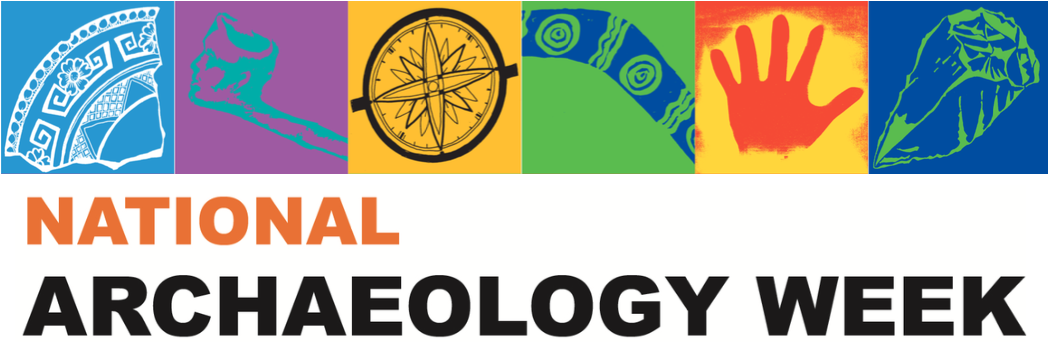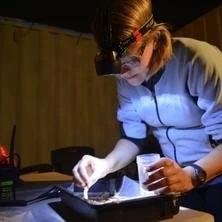Food remains in the form of animal bones, charred plant remains and minute residues on food utensils provide us with all kinds of insights into human activity in the past. But how do archaeologists identify these remains and what can they tell us? This talk focusses on animal remains, highlighting the myriad of information about past human behaviour we can glean from animal bones. Providing some detail on how we do our work, I will also discuss the complications of working in a region heavily impacted by recent and ongoing species extinctions.
About the speaker: Tiina Manne is an archaeologist who studies animal remains from archaeological sites to understand people’s relationships with animals in the past as well as how they responded to large-scale climate and environmental changes. Her research focuses on Australia and New Guinea and encompasses sites from 100 years ago through to +50,000 years ago. She is an Associate Professor at the University of Queensland.
Part of the National Archaeology Week Lunchtime Seminar Series. Find the series details here.
When: 12-1pm AEST, Monday 22 May
Where: The University of Queensland Anthropology Museum, Level 1 Michie Building, St Lucia Qld 4072
For more information: https://anthropologymuseum.uq.edu.au/event/session/877
Presented as part of the Anthropocene: Linking past and present to shape a better future exhibition at the University of Queensland Anthropology Museum
Presenting collaborative models of academic research informed by traditional cultural knowledge drawn from The University of Queensland researchers and First Nations community-led initiatives.
In recent decades there has been increasing awareness and alarm about the consequences of human actions on our collective future. Human-caused extinctions, sea-level rise and habitat fragmentation threatens countless species and critical ecosystems that support all human societies. The scale of these transformations has led some to refer to this era as the Anthropocene, the geological epoch in which humans play a dominant role in shaping the Earth system. Over hundreds of thousands of years, humans have experimented with an extraordinary array of subsistence practices, economies and socio-political systems. One of the defining features of our species is our ability to access information about these earlier lifeways, and to learn from our past.
The deep time history of this country shows First Nations communities prospering in a climatically changeable continent for tens of thousands of years. This occurred through the extremes of the last ice-age and the reshaping of Australia as sea-levels rose by more than one hundred metres. This exhibition draws upon the UQ Anthropology Museum collection and considers these transformations alongside recent research, to challenge and expand ideas around heritage protection, biodiversity loss and the impacts of climate change on cultural practices.
Featuring works from artwork by Quandamooka artist Megan Cope, voices of Dunghutti elders from the Macleay Valley region and video work of cultural fire practices carried out on Dja Dja Wurrung country, alongside artworks by artists Nora Walytjaka Holland, Kunmanara (Niningka) Lewis, Naata Nungurrayi, Ningura Napurrula, Tjunkaya Tapaya and Barrupu Yunupingu.
Film and animated footage by: Rodney Carter, and Chris Bennie (Dja Dja Wurrung | Djandak Wi), Amy Bruce (Macleay Valley interviews), Miriam Alexander (animated intro).
The exhibition is open to the public throughout the year from May to December 15.
When: Daily from 11am to 3pm
Where: The University of Queensland Anthropology Museum, Level 1 Michie Building St Lucia Qld 4072
For more information: https://anthropologymuseum.uq.edu.au/exhibitions/anthropocene-linking-past-and-present-shape-better-future

